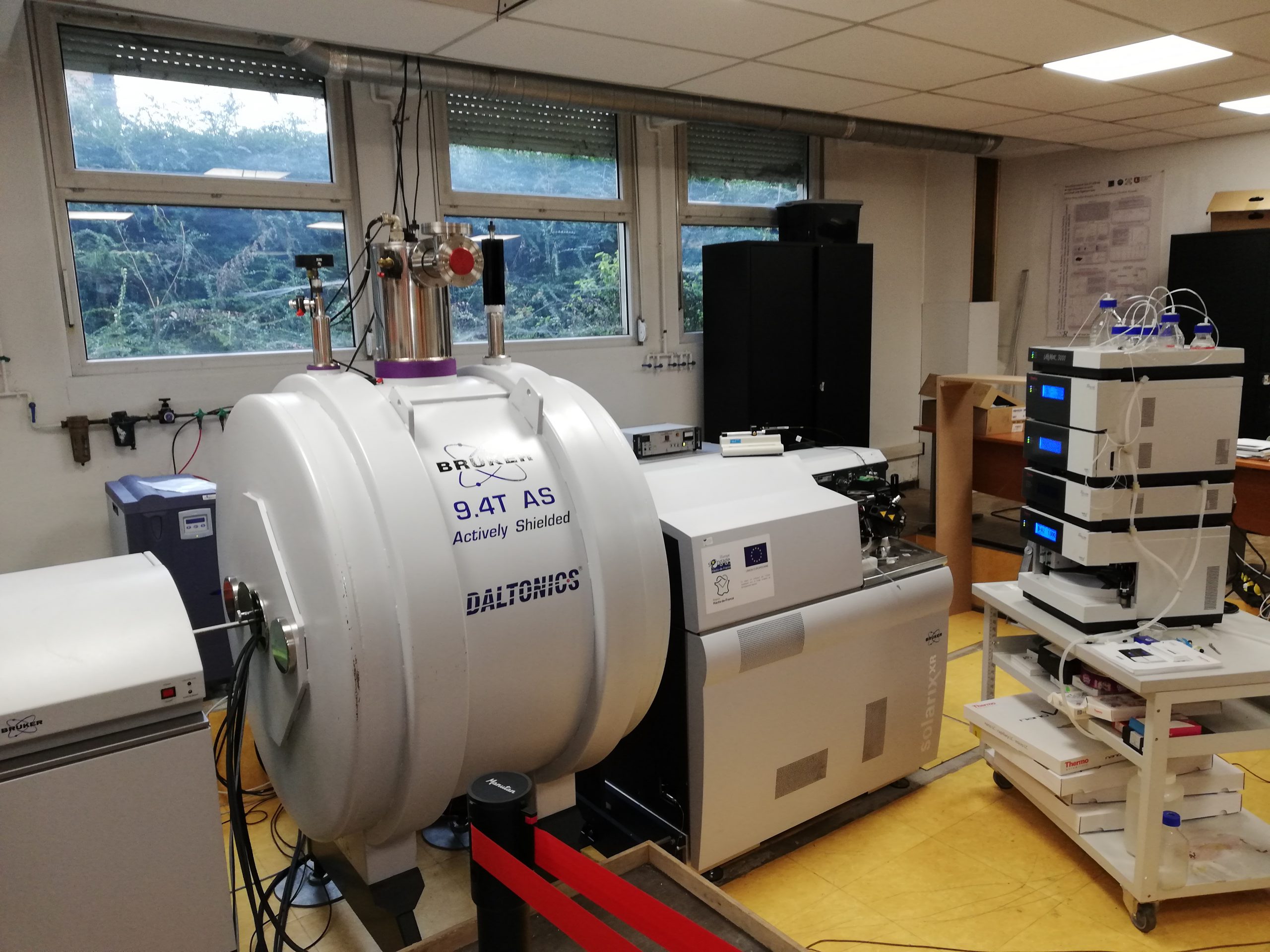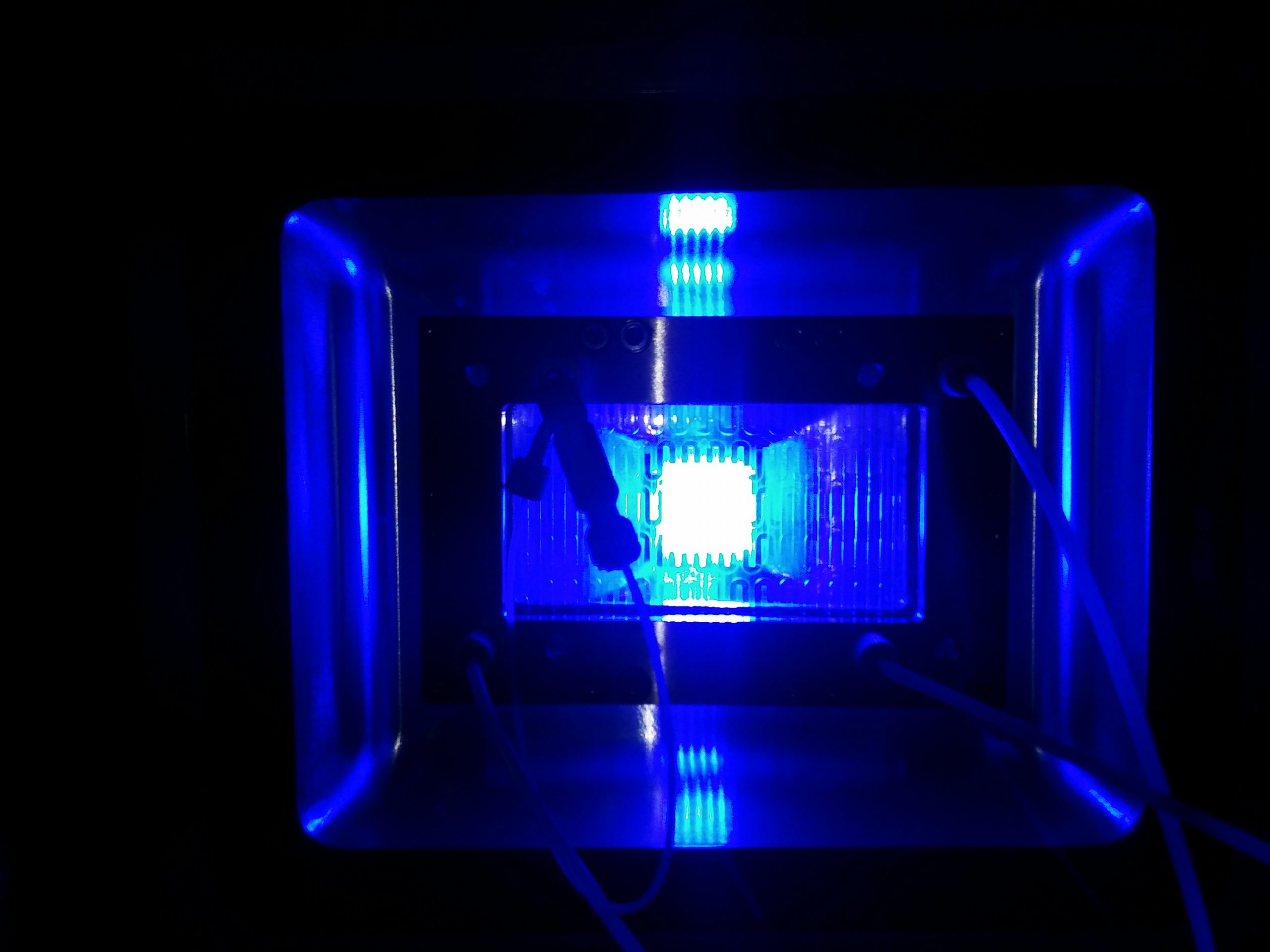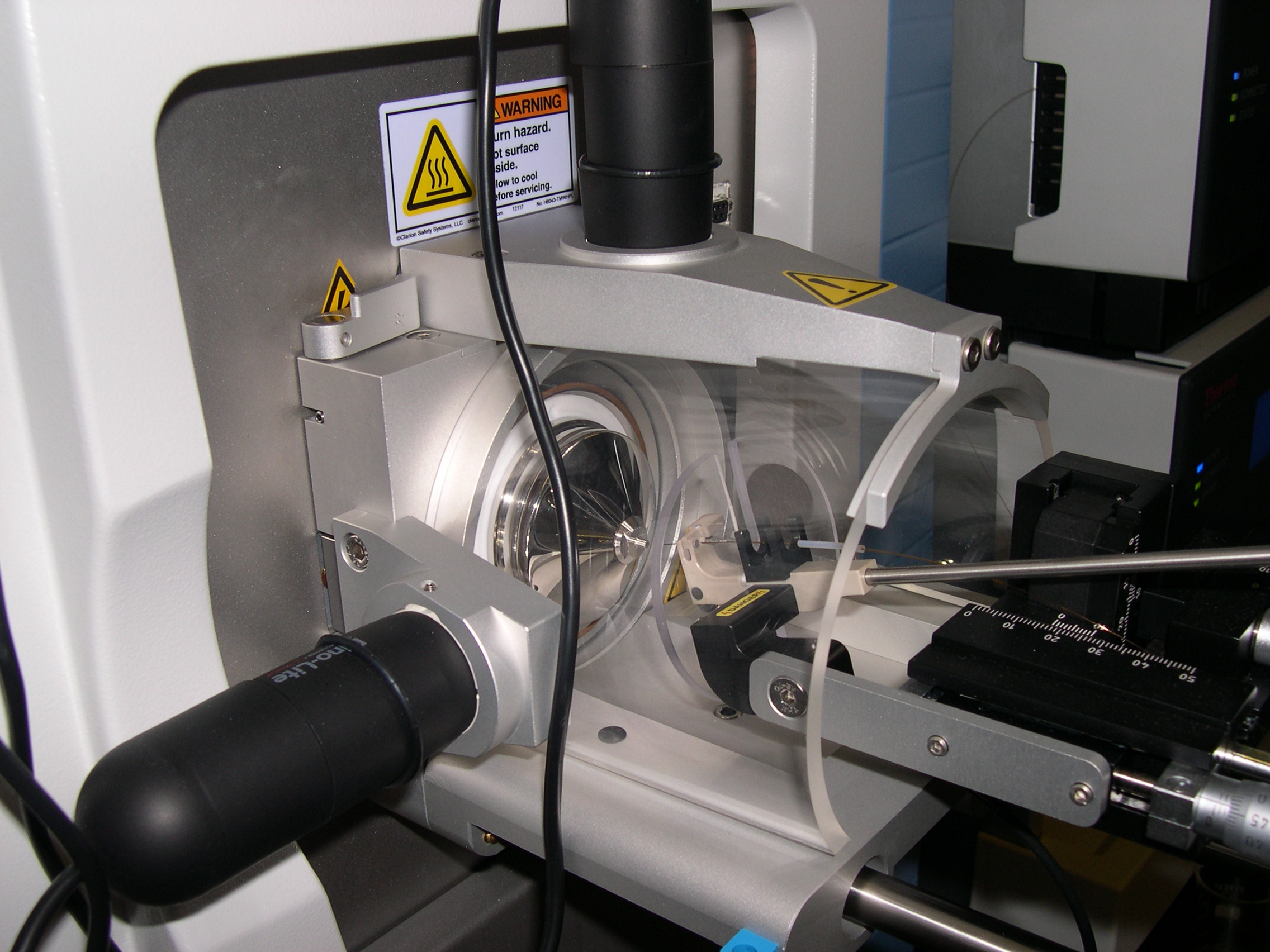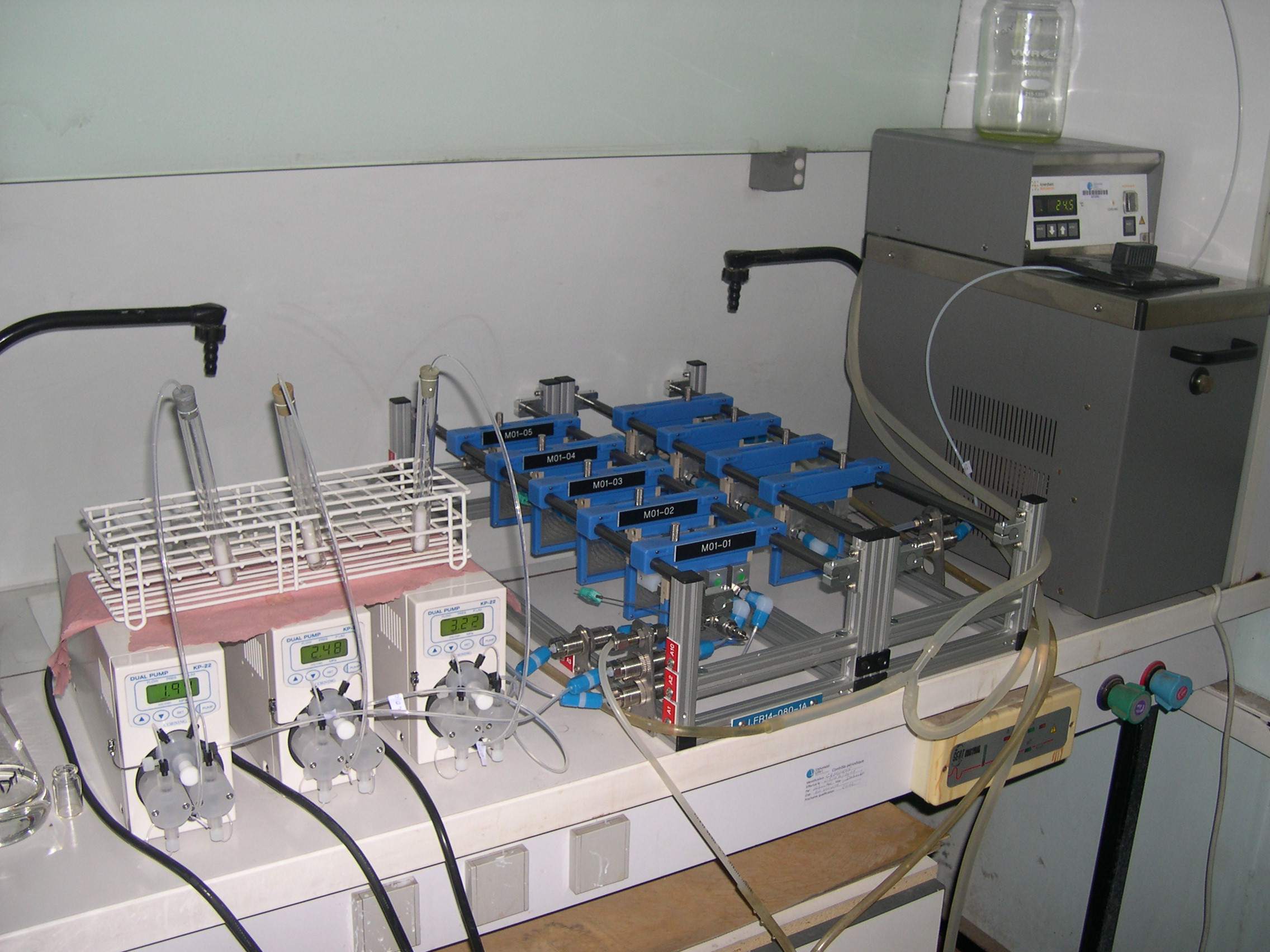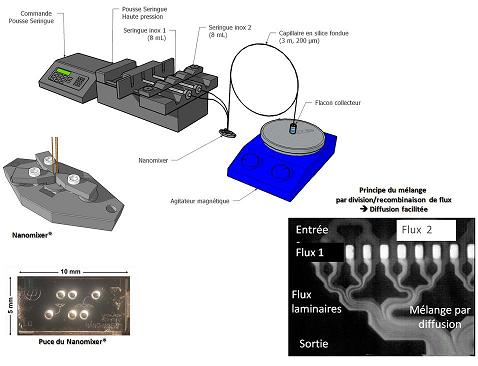Flow chemistry in microfluidic reactors is a field in high development. Microfluidic conditions allow driving and study reactions in tubular microreactors of some hundreds of µL. The interest for microfluidic condition is motivated by various advantages. A reduction of scales goes hand in hand with i) the increase of the surface/volume ratio, a million superior times compared to the scale of conventional laboratory glassware, ii) a big speed up of the operations and possible automatization of the process
Four research projects will be developed:
- the first will concern the study of very reactive and unstable species (arynes, nitrenes, free radical, carbocations, …) at very short times and their use as organic reactants for a large set of reactions with a particular focus on physical organic chemistry for the determination of their lifetimes and (stereo)selectivity control ;
- the second will concern new activation methodologies: we will extend flow photochemistry to the UVB&C range by developing high power LED system with wavelength down to 300 nm, since photochemistry involve very often photoredox mechanisms a natural connection from photochemistry to electrochemistry in flow we will develop along the next few years
- our knowledge acquired in the field of nanoparticle and polymer synthesis in flow permits to envisage new developments for the synthesis of poly-hetero-metallic particles or organic-inorganic nanoparticles (e.g. core shell and encapsulated structures): the reactivity modulation of their surface by irradiation of their plasmon band resonance or by photoredox transfer open new perspectives for various fields of research
- the development of nanofluidic reactor in order to approach the molecular scale is a fundamental and technical challenge – preliminary results from our laboratory gives the basics for the design of a functional reactor.

